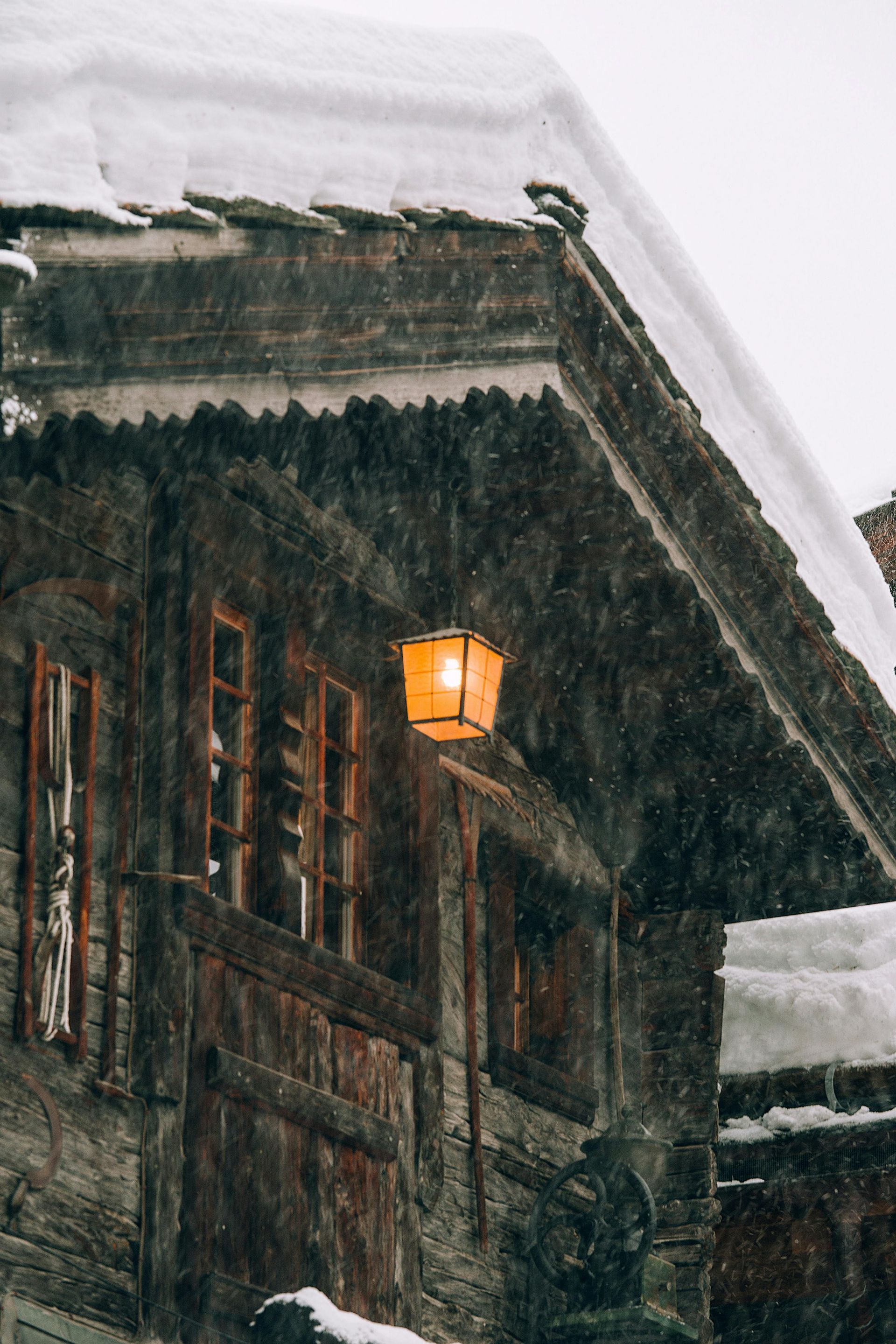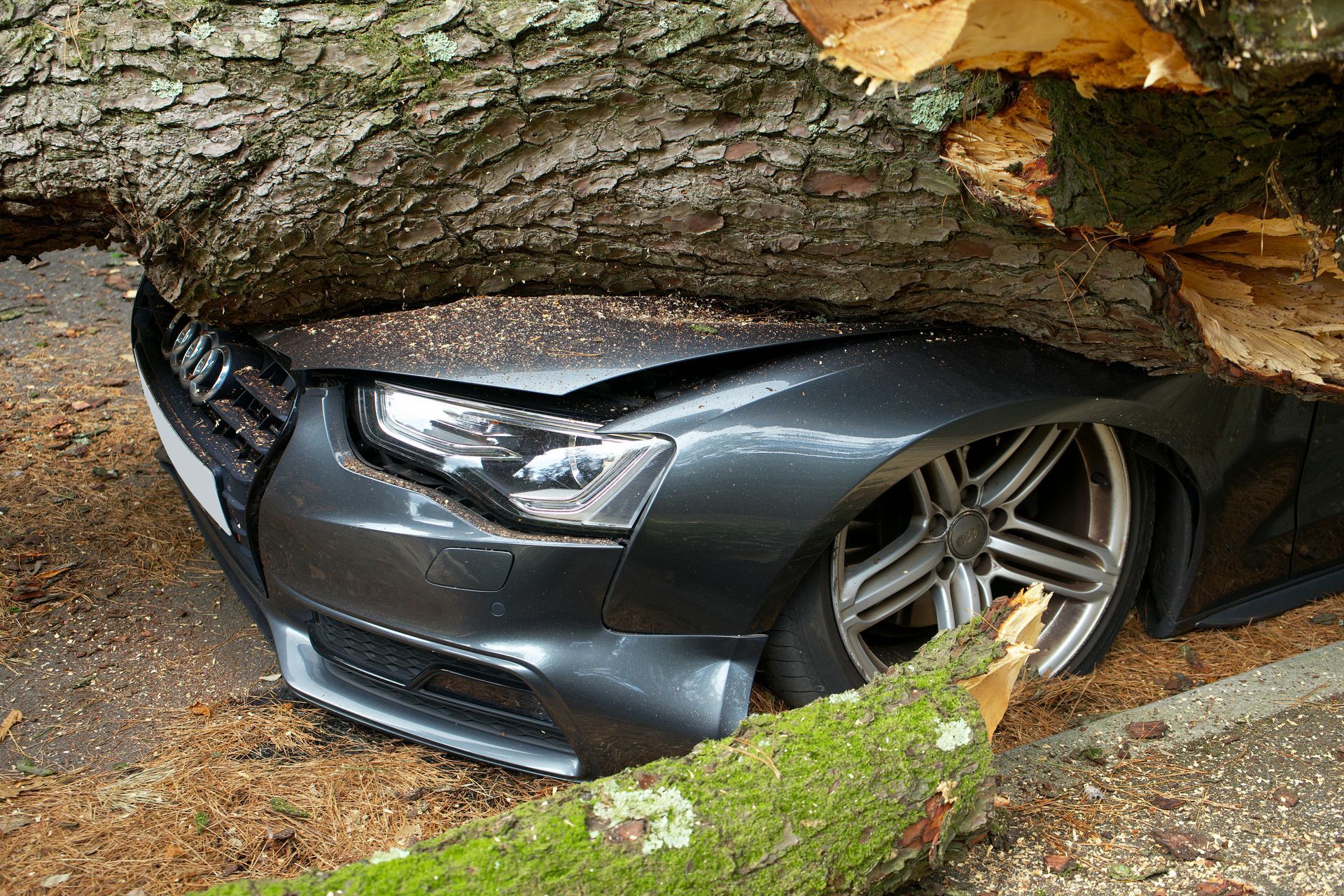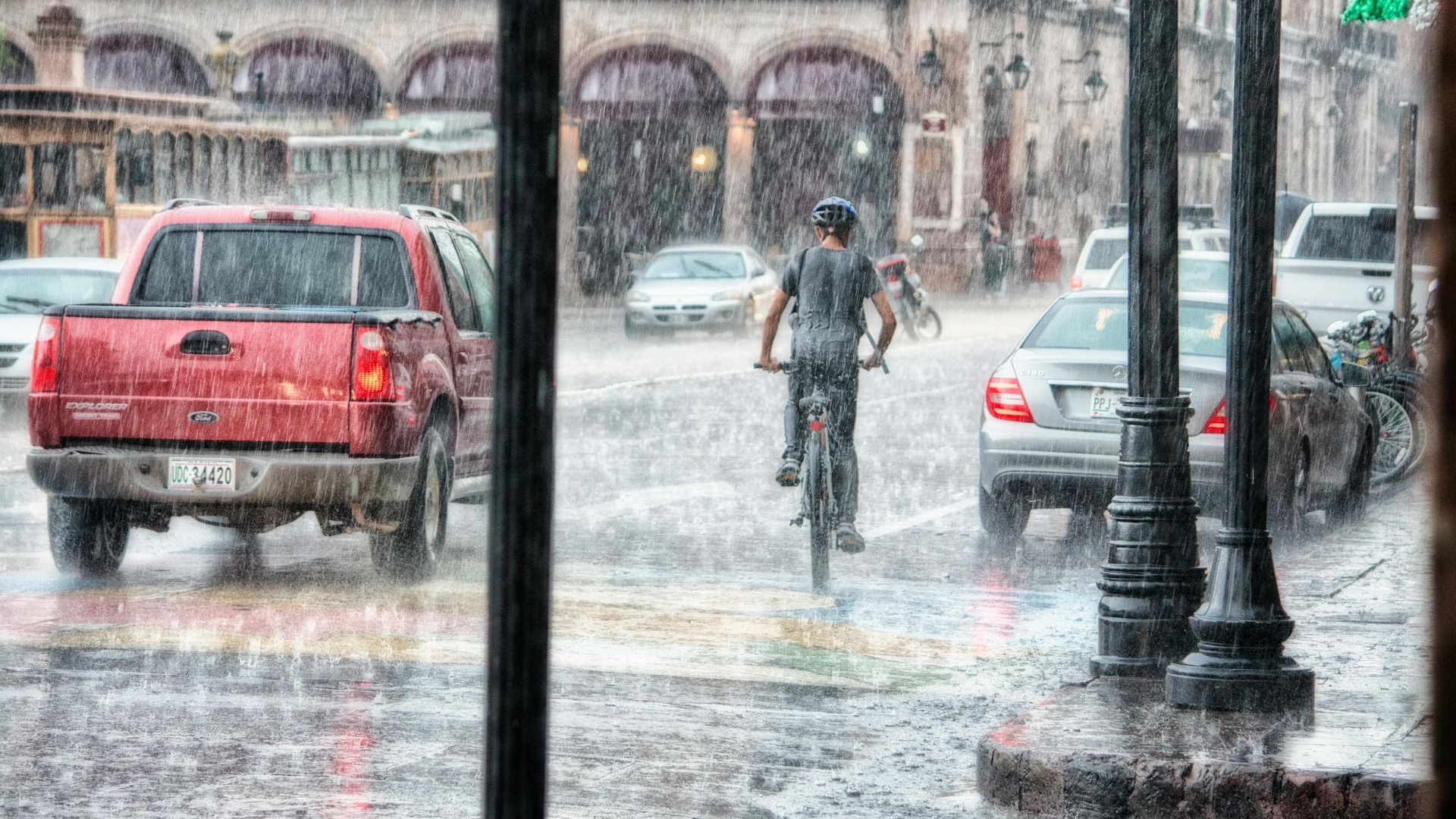After the Freeze: Is Your Hays County Home Really Prepared for the Next Big Storm?
Is Your Hays County Home Really Prepared for the Next Big Storm?

If you lived in Hays County in February 2021, you don't need to be reminded of what Winter Storm Uri felt like. It wasn't just the snow; it was the days-long power outages, the boil water notices in Kyle and Buda, and the awful sound of burst pipes. That storm taught us a hard lesson: "it'll never happen here" is no longer a valid excuse.
Fast-forward to this spring, when a severe storm dropped softball-sized hail and prompted a disaster declaration in Hays County. Or just a few weeks ago, when our phones lit up with a tornado warning right here in San Marcos.
Severe weather is a reality here. At San Marcos Insurance Agency, we want to ensure that when the next big storm hits, you're not just prepared, but you also understand what your homeowners insurance actually does for you.
Here are the answers to the most common questions we get after a storm.
1. "My pipes burst! Am I covered?"
After the 2021 freeze, this was the number one question. The answer is: Yes, but it's not that simple.
A standard homeowners policy covers damage from a "sudden and accidental" discharge of water. A pipe that freezes and bursts is the perfect example. Your policy is designed to pay for:
- The water damage (e.g., repairing the drywall, replacing the flooring, restoring ruined furniture).
- The cost to access the pipe (e.g., cutting a hole in the wall).
What's typically not covered is the cost of repairing the broken pipe itself (that's considered general home maintenance).
The critical exception is negligence. If you went on vacation for a week in January, turned your heat completely off to save money, and your pipes froze, your claim could be denied. Your policy requires you to take reasonable steps to prevent damage, like leaving your heat on at a low temperature.
2. "A tree fell! Will insurance pay to remove it?"
This is the most misunderstood part of a home policy. Coverage for tree removal depends entirely on where it lands.
- If the tree hits a covered structure: (Your house, your detached garage, or your fence). Yes. Your policy will pay for the damage to the structure and pay a limited amount (usually $500 - $1,000) to have the tree removed.
- If the tree just falls in your yard: (It doesn't hit anything). No. Debris removal in this case is considered a homeowner's maintenance task, and your policy will not pay for it.
- If the tree blocks your driveway: Yes. Most policies provide that same limited coverage ($500 - $1,000) to remove a tree that is blocking your driveway, even if it didn't hit your home.
3. "My house is unlivable! Where do I go?"
This coverage is your policy's unsung hero. It's called Loss of Use (or "Coverage D - Additional Living Expenses").
If a covered event—like a fire, a burst pipe, or a massive tree on your roof—makes your home uninhabitable, this coverage pays for the increase in your living expenses. This includes:
- Hotel bills or a short-term rental
- Restaurant meals (since you can't cook at home)
- Pet boarding fees
- Laundry services
It’s designed to help you maintain your normal standard of living while you're displaced. Don't be a hero trying to live in a construction zone—use the coverage you're paying for.
Your 15-Minute Storm Prep Action Plan
The worst time to figure out your coverage is after a disaster. The best time is right now.
Here’s your action plan: Make a home inventory.
Take your smartphone and walk through your entire house, opening every closet, cabinet, and drawer. Film a continuous video. It's that simple. Narrate what you're seeing ("This is my 70-inch TV," "These are my tools," "This is my good set of dishes").
If you have a total loss, this video becomes an invaluable, indisputable record for your insurance claim. It takes 15 minutes and can save you thousands of dollars and weeks of heartache.
Don't wait for the next storm. Contact San Marcos Insurance Agency today. We can review your policy in 20 minutes, make sure you don't have gaps, and help you find the right coverage for your Hays County home.










